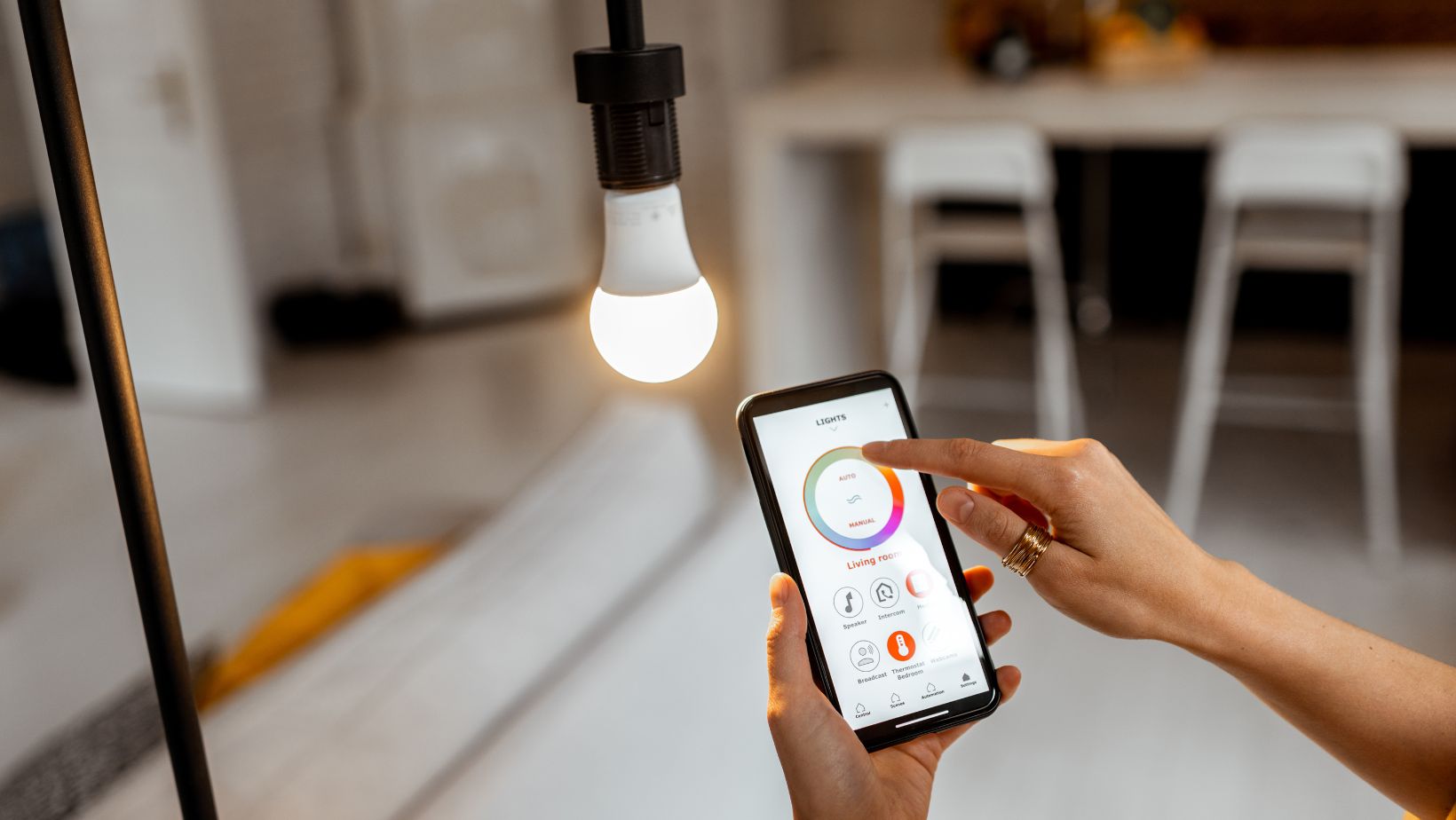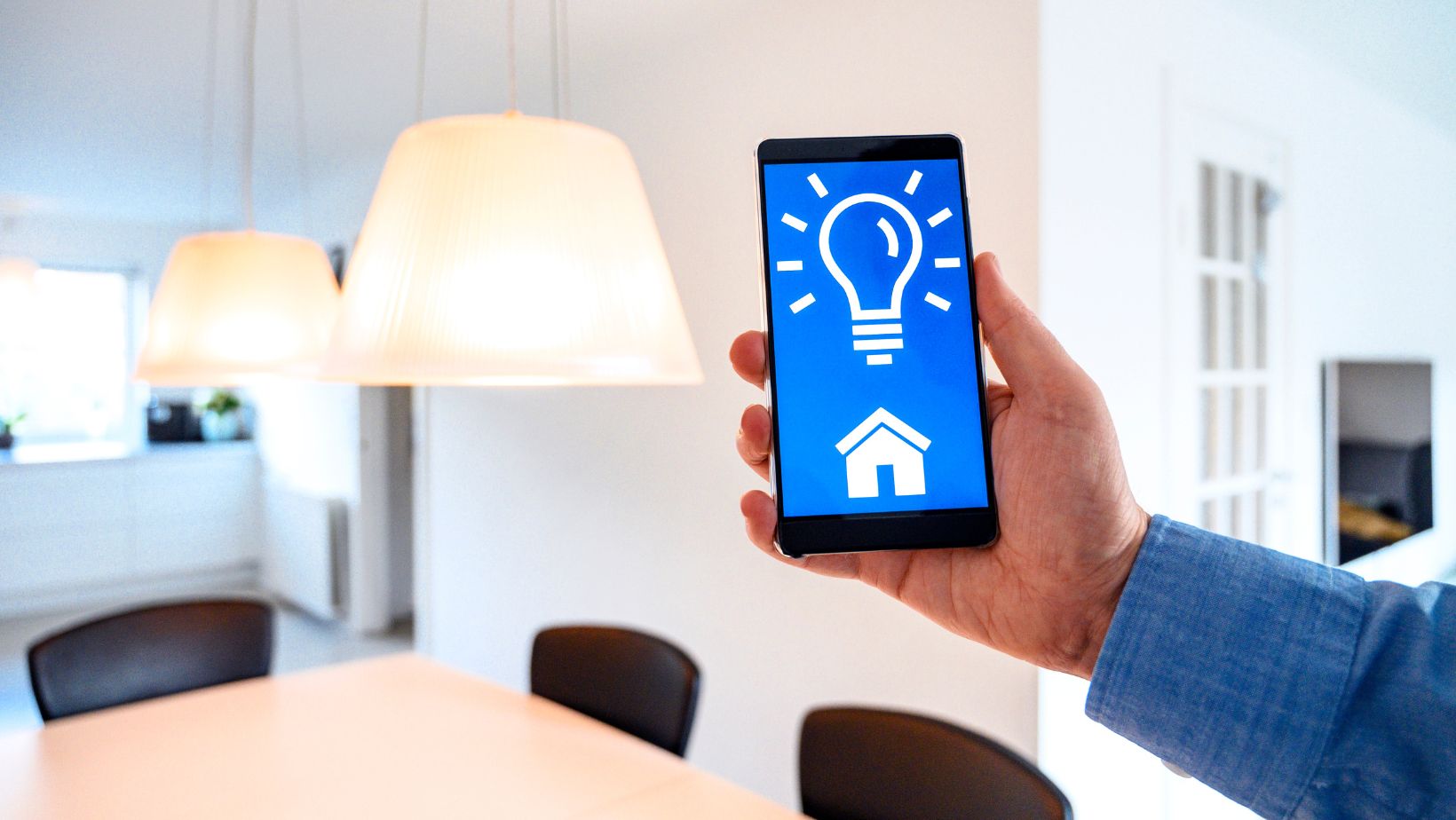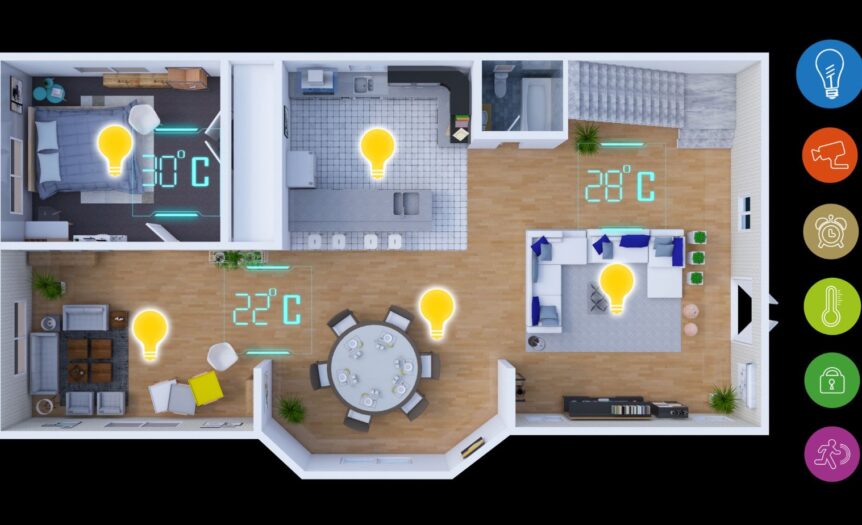Simply replacing your traditional lights with smart lighting systems isn’t a magical solution for energy savings. Many homeowners mistakenly believe that installation alone will reduce their energy bills, yet they continue to waste power. The real challenge lies in transforming this energy-saving technology into a truly efficient solution for your home.
Regarding benefits, these eco-conscious lighting systems automate schedules, adjust the brightness based on natural light, and integrate with motion sensors. These features work together to create an intelligent lighting environment that actively reduces energy waste.
But that’s not enough, many other practical strategies for home energy efficiency are there. If you want to see the full potential of smart lighting and transform your home into an energy-saving powerhouse, read this article till the end.
Overview of Smart Lighting
Smart lighting puts control at your fingertips, letting you manage your home’s lights through your phone, tablet, or voice commands. These intelligent systems help you save energy by setting custom schedules, adjusting brightness automatically, and tracking how much power you’re using – all to cut down on waste.
Key Benefits of Smart Lighting
Here are the significant benefits of smart lighting which are sufficient to understand its scope.
Automated Control
Smart lighting systems allow you to set schedules that match your daily routine. Lights can automatically turn off when rooms are empty or dim gradually as natural light increases. This automatic adjustment ensures you’re never wasting energy on unnecessary lighting.
Dimming Capabilities
Modern smart bulbs offer dimming features that not only create the perfect ambiance but also help save energy. By running lights at a lower intensity when full brightness isn’t needed, you can significantly reduce your energy consumption while still maintaining comfortable lighting levels.
Motion Sensors and Occupancy Detection
One of the most valuable features of smart lighting is its ability to detect when someone is in a room. Motion sensors can automatically turn lights on when you enter a space and off when you leave, eliminating the waste that comes from forgotten lights in empty rooms.
How to Implement Smart Lighting at Home
Getting started with smart lights is not difficult. Whether you’re starting with a single room or upgrading your entire house, the right approach makes all the difference. Let’s look at the simple ways to set up these lighting systems in your home.
Start with High-Traffic Areas
Start using your smart lighting in the rooms you use most frequently. The kitchen, living rooms, and entryways are excellent places to begin, as they typically see the most activity and therefore offer the greatest potential for energy savings.
Layer Your Lighting
Rather than relying on a single overhead light, use a combination of task lighting, accent lighting, and ambient lighting. This approach allows you to use only the light you need for specific activities, rather than illuminating entire rooms at full brightness.
Integrate with Natural Light
Position smart sensors near windows to measure natural light levels.

Your system can then automatically adjust artificial lighting throughout the day, maximizing the use of free, natural light while maintaining consistent illumination levels.
Smart Lighting for Different Areas of the Home
Every room in your home has different lighting needs. How to light up each space requires an expert opinion that is discussed below.
Living Room
Install dimmable smart lights in your living room to create a cozy ambiance while conserving energy. Voice-activated systems make it easy to adjust brightness levels.
Kitchen
Use motion-sensor lights in the kitchen to ensure that lights are only on when needed. These sensors are particularly useful for areas like the pantry or under-cabinet lighting.
Bedrooms
Smart lighting in bedrooms can help promote better sleep patterns. Set your lights to gradually dim as bedtime approaches, mimicking natural sunset patterns.
Outdoors
Smart outdoor lights, equipped with motion sensors and timers, enhance security while conserving energy.

Solar-powered smart lights are another excellent option for eco-conscious homeowners.
Conclusion
Smart lighting is more than just a tech upgrade – it’s your gateway to real energy savings and a greener home. Today’s eco-friendly lighting solutions make it easier than ever to reduce your energy use without sacrificing comfort. By following the strategies I’ve discussed, you can transform your home into an energy-efficient space.








